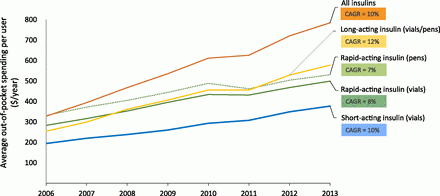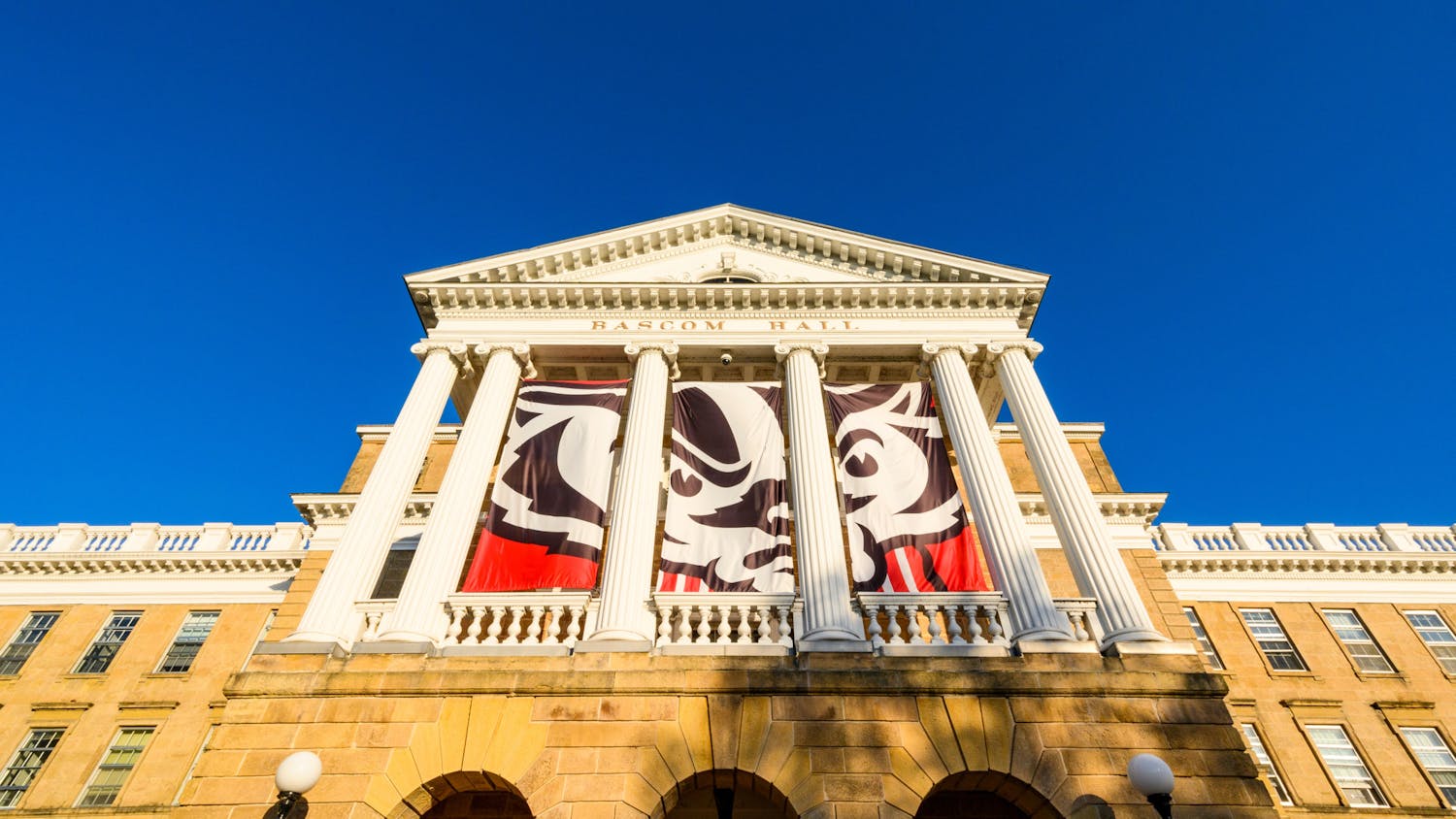The American healthcare system is not known for being world-renowned. We have greater access to doctors compared to other countries, but healthcare costs in the United States tend to be astronomically high in comparison to our other Global North counterparts. In this specific case, insulin prices have reached an absurd level of overpriced, and for a drug that has not changed all that much since its discovery in 1921.
For those who are unaware, insulin was discovered as a treatment for Type One Diabetes by Canadian doctors Sir Frederick Banting, Charles Best and John Macleod. After this discovery, Banting sold the patent for insulin for a single dollar (equivalent to three Canadian dollars at the time). Since its discovery, insulin has not changed all that much, still comprising of the same basic compound — proinsulin — as its inception. However, what used to be an affordable drug has now become a source of money for greed-ridden company owners that exploit that need for this life-saving drug.
Less than a hundred years later, the cost of insulin in the United States has risen to a staggering $340 for a single vial of brand name insulin without insurance. A Type One diabetic could go through two vials a month (totaling around $680 per month). This cost of insulin does not include the other supplies needed to live as a diabetic: there are also blood glucose test strips, testing meters, syringes or pens, or insulin pumps that also must be paid for.
If a patient does not have insurance, this money has to come straight out of their pockets, an action that is not typically manageable for the average American. There are roughly 193,000 Americans under the age of 20 with diabetes in the United States. Being a college student with diabetes is a difficult life to live, as there is a constant fear of growing older because losing your parents’ insurance means a significantly harder life with diabetes. The choice then becomes a decision between paying for their insulin, paying their bills, buying groceries or using off-brand insulin despite its risks.

As mentioned, there are off-brand insulin options for Type 1 diabetics that are significantly cheaper than the name-brand options. These off-brand choices are typically priced around $25 per vial, but come with additional health threats.
The issue with using these off-brand options is that they don’t always work the same as name-brand insulin. If a Type 1 diabetic has been using a specific brand of insulin, their body is used to it and reacts in a specific way to that brand’s chemical composition. So, if off-brand insulin is introduced into the system of a diabetic that is not used to this chemical composition, the reaction could be drastically different than what is typical for that patient. While some people do not have a reaction at all, others can have a severe reaction where extreme low blood sugars caused by this unfamiliar insulin often leads to severe seizures or in the most extreme cases, death.
Those that are cautious of using off-brand insulin often resort to rationing their insulin, a trend that has cost 10 people their lives since 2017.
Americans should not have to make a choice between surviving another day with this disease or feeding themselves a meal. Insulin prices need to be capped, as they have been in Colorado at $100 a vial. While this price is still incredibly high, this is significantly more manageable to afford than it currently is in other states and it is a start in stopping the monstrosity that is Big Pharma. Because insulin has not been improved drastically since its discovery, insulin vials should not be any more than $20 a vial, but these capping laws will slowly push the prices of insulin down to a more manageable price and hopefully avoid the unnecessary deaths of diabetics.
Wisconsin needs to be the next state to set a price cap on insulin costs because people are risking their lives simply because they cannot afford their medicine. There has been a discussion of an insulin price cap within the Wisconsin State Senate for a few months now, but it is often put on the back burner while other issues like the recent Hemp growing bill take priority. Because of the 517,00 people in Wisconsin with diabetes, the Wisconsin State Senate needs to prioritize the bill and push insulin price capping through to law.
The creation of this law would save thousands of people astronomical amounts of money, and give them a greater quality of life overall.
Nobody should have to worry about choosing between life-saving medicine or groceries. The Wisconsin State Senate needs to follow in the footsteps of Colorado and push through an insulin price cap for the residents living with diabetes. Our state government should be prioritizing the health of its inhabitants, not maximizing the paychecks of billionaires and Big Pharma.
Megan is a sophomore studying Elementary Education. What are your thoughts on big pharma? Do you think insulin price capping should be next on our legislators' agenda? Send all comments to opinion@dailycardinal.com.






